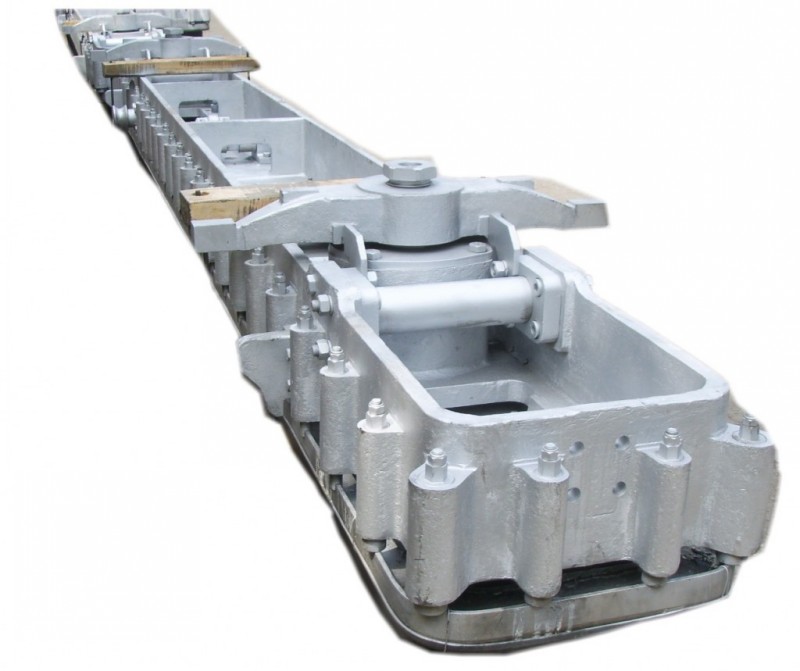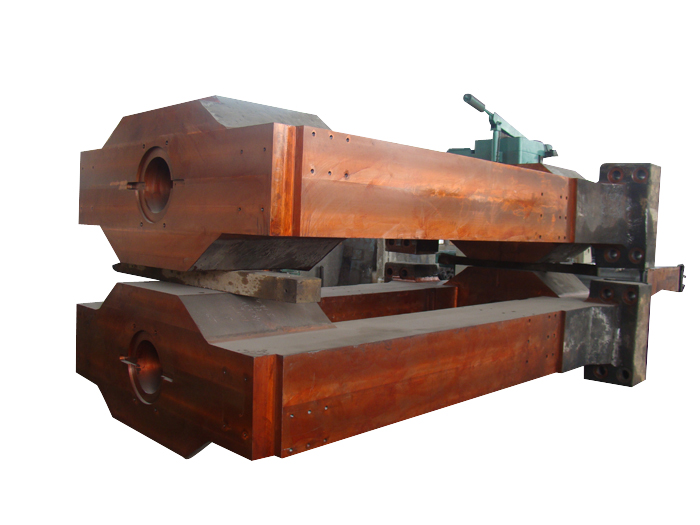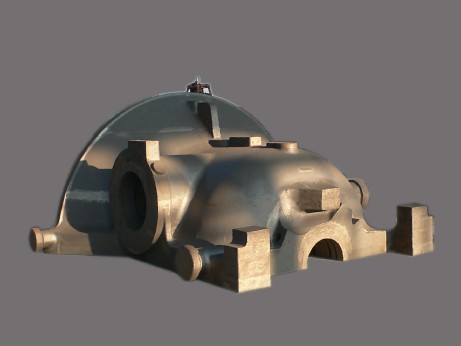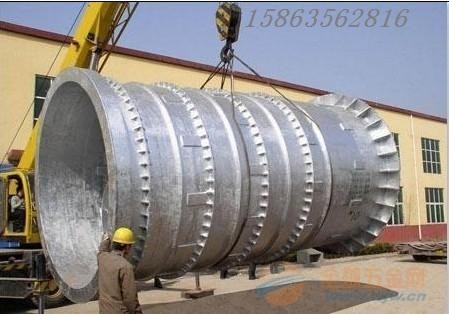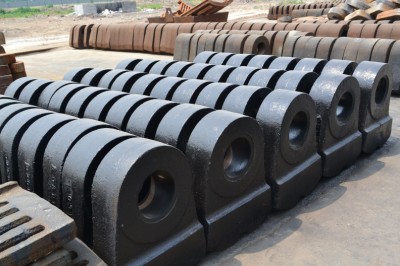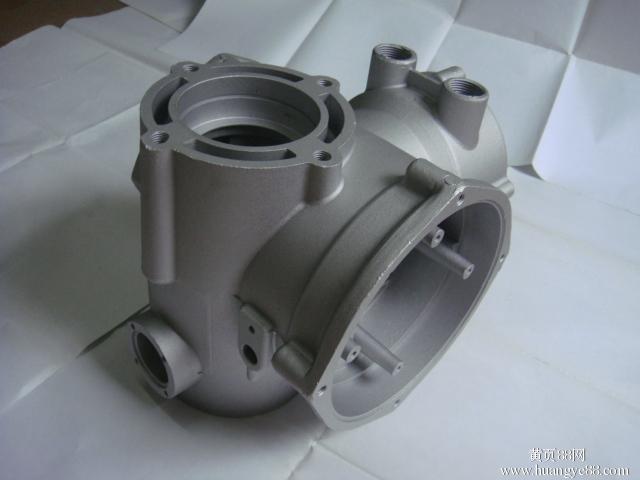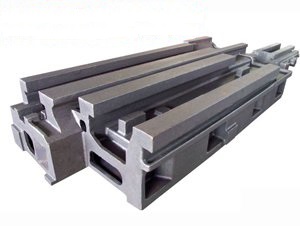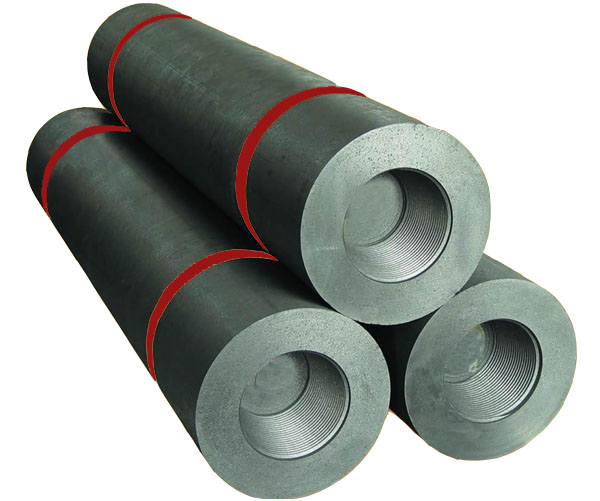Development history of Cast steel node
The cast steel node is one of the first applications of high integrity castings in offshore structures. Its basic ideas have been created more than 25 years ago. The inventor, Franz Gantke, remembers: 'At that time, a steel jacket in the North Sea had an extremely short expection of life, because the weldments in the tubular structures cracked very often and had to be repaired frequently under worst welding conditions.'
To him the real background of the problem was clear:
The weldments of the tubular nodes were located at the most critical areas of the structure, within zones of highest stress concentrations. And as the environmental conditions in the
Consequently, it seemed necessary to the inventor to shift the weldments away from the tubular intersection lines to the areas of minor stresses. The solution was found soon:
The tubular members are welded to a cast steel node; the node casting has on optimized shape with thick walls and generous transition radii in the central node part and smooth geometry adaption towards the node ends where the tubes are connected.
Such a shape can only be achieved by a casting. Its optimization leads to a steady and regular stress distribution. The consequences are: Low steel weight and high expection of life under severest environmental conditions.
But it was also necessary to develop a cast steel quality which fits to the purpose. A Rersearch and Development Project was started in 1976 by the German company HOESCH AG,
Today, the cast steel grades have been improved according to the general metallurgical progress; but the results of the Hoesch R&D were the base for the confidence of the offshore industry in the cast steel technology. The R&D Reports emonstrate how profound the work for this new technology was. It was not only necessary to find the best steel quality but also to investigate the manufacturing requirements and the bearing behaviour of the complex and full scale node under realistic environmental conditions.
Parallel to the technological development, Hoesch started a wide-spread marketing campaign with presentations, seminars, and exhibitions. For instance, the node shown in the photograph was exhibited on the OTC Houston, 1976, and found a broad echo among the offshore engineers.
It should be mentioned that in those times many structural engineers had learned that all castings were brittle and not weldable; they were surprised to see that there are castings which are tough, ductile, and weldable - and also applicable for weld connections with plate material.
Today, cast steel nodes are accepted as special solutions at the most vulnerable points of the offshore structures. And they help to extend their technical borderlines.
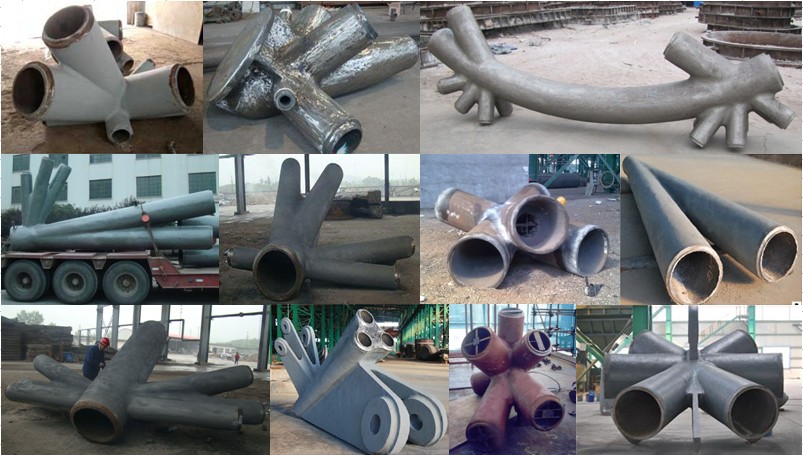

 English
English Japanese
Japanese




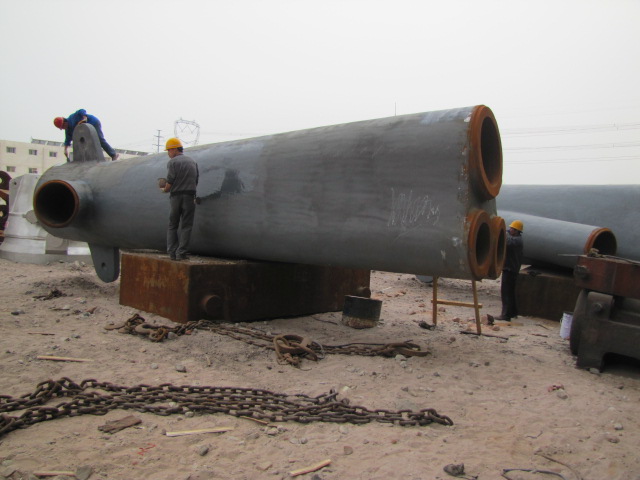
.jpg)
